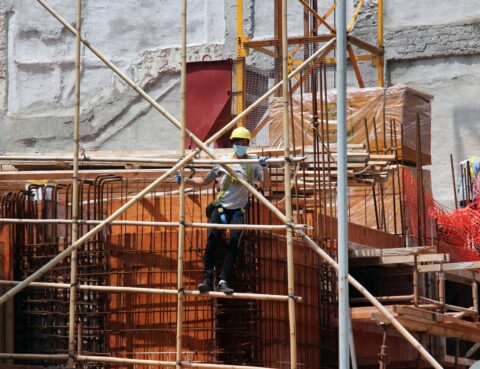Settlements are always preferred to litigation, but it’s important to note the following procedural steps when finalizing a settlement in construction lien litigation.
Contrary to the commercial construction industry, in which prevenient agreements and purchase orders may be sufficient to govern the relationship between parties, contracts in residential construction must be formal in order to protect homeowners. Particularly, the Consumer Protection Act, 2002 has been deemed to apply to residential construction and renovation agreements.
In an effort to maintain safe construction practices, the Ontario legislature enacted the Building Code Act to protect the broader Ontario society by imposing and ensuring compliance with a set of minimum construction standards. But who is ultimately responsible for complying with this law: homeowners or builders?
Construction Law is unique to almost every geographical region. Learning one region’s laws, however, could be beneficial to advancing laws in our own.
The case of Electro-Works Ltd. v. Fogler, Rubinoff LLP expands the scope of liability for breach of trust to include monies received through settlement funds and applied as payment for lawyers’ fees.
A common misconception is that a discharged construction lien can be revived if additional services or materials are supplied to the subject property. This is not the case. Once the door closes on your lien rights, it will never re-open.
Trust and reputation are essential in the construction industry, both of which take time and experience to develop. For this exact reason, the construction industry often relies on joint cheque agreements to create a level of comfort between established subcontractors/trades and new contractors
Understanding the crucial difference between Owners and Home Buyers as defined under the Construction Act helps Subcontractors keep track of and keep alive their lien rights.
While the legislature has not commented on the effect of COVID-19 on construction limitation periods, the Courts have tried to provide some direction as to how they would treat the lack of strict compliance with the otherwise truncated limitation periods in the Act.
In this case, the Court considers the importance of establishing a direct connection/chain between the party claiming a trust relationship and the party against whom trust obligations are imparted.










